Sutco

Videos
Loading the player ...
- Offer Profile
THE SUTCO GROUP. WE GET THE BEST OUT.
As one of the largest and most successful manufacturers of sorting and treatment plants in the world, the Sutco Group impresses with its experience and expertise.
For more than 35 years, Sutco RecyclingTechnik has conceived and implemented recycling concepts together with its six subsidiaries, considerably increasing recycling rates in doing so.
Product Portfolio
DRY MATERIAL TREATMENT

- The purpose of the mechanical processing of waste is to regain valuable materials and reuse them as secondary raw materials.








MUNICIPAL AND SOLID WASTE / MSW
-
Plants for sorting and treatment of collected and mixed household waste
TREATMENT OF MUNICIPAL AND SOLID WASTE
Municipal and solid waste, collected mixed and unsorted, contains a variety of different materials that can be recycled. In addition to organic waste, there are also many recyclable materials in the input. Municipal and solid waste has a variable density between 0.1 to 0.3 Mg/cubic metre. In order to create an economically interesting concept, it is important to obtain and take into account customer information regarding throughput capacity, waste composition and objectives. The bandwidth of a robust plant ranges from semi-automatic to fully automatic solutions. A high degree of flexibility as well as stability is required.
THE PROCESS
Roughly speaking, the process is as follows: After the dosing feeder, the material is separated into different particle sizes via the screening drum and the ballistic separator (separation in 2D/3D). An air classifier is often used here to separate films. Magnetic separators and eddy current processes are also used to further equalise the material flows. The high output qualities are achieved by using NIRs (near infrared separators). After a manual or automatic quality control, the individual fractions are cleanly separated. An intelligent bunker management system collects the individual recyclables and compresses them for transport or storage or stores them in containers.
OUTPUT FRACTIONS- Mixed plastics
- Film
- PE
- PET
- Tetra Pak
- PP
- Metals
- Non-ferrous metals
- Paper / cardboard
- Organic ... and more

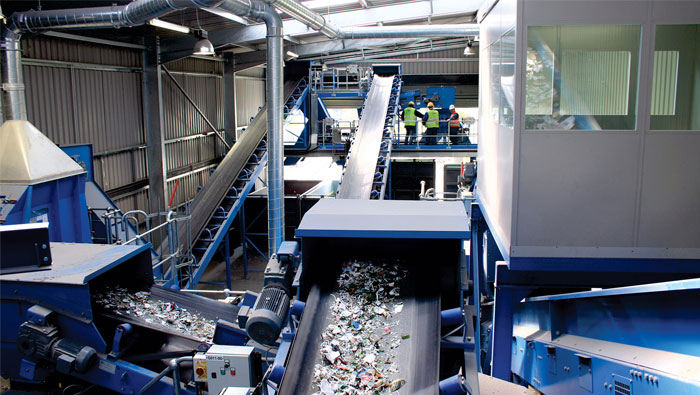




“SINGLE STREAM” / MRF
-
Semi-automatic sorting system for dry recyclable material, especially for the UK market and other international markets.
TREATMENT PLANTS FOR DRY MATERIALS (MRF)
Single-sort recycling, also known as “commingled” or “single-stream” recycling, combines paper, plastics, metals, etc. into a single collection vehicle. Instead of taking them in separate loads in separate trucks, all the recycling is dumped into one load, which is then screened and separated at a recycling plant.
Here, a detailed material analysis and an indication of the desired output fractions are necessary. The density of the materials can vary greatly
THE PROCESS
After pre-sorting, screening is carried out by means of sieves into different fractions, from which the sorting of recyclable materials is then carried out using NIR technology. The separated fractions are compressed for transport with baling presses.
PURPOSE OF THE PROCESS
Manufacture of pure materials for recycling such as:- PE
- PET bottles
- PET trays
- PP
- PS
- Tetra Pak
- Metal
- Non-ferrous metal
- Film
- Mixed plastics
- Paper / Cardboard
- Glass ... and more






MECHANICAL BIOLOGICAL TREATMENT / MBT
-
The mechanical-biological waste treatment (MBT) is material-specific waste treatment which can be recycled from a material and energetic point of view.
THE PROCESS OF MBT
Division of the input material into various material streams to gain secondary raw materials. The process corresponds to the description for MUNICIPAL AND SOLID WASTE SEPARATION. The fine fraction is further processed anaerobically in the biological part of the plant using the Sutco composting processes.
INPUT OF MBT
The input, consisting of household waste, similar commercial waste, green, organic, and mixed waste, is separated into materially and thermally exploitable substances.
OUTPUT-MATERIAL- Substances for material exploitation
- Substances for energetic exploitation
- Substances for thermal exploitation
- Substances for biological treatment and subsequent landfill








MIXED BUILDING DEBRIS
-
Sorting plant for separation of recyclable and non-recyclable waste for reuse.
SORTING PLANTS FOR MIXED BUILDING DEBRIS
MIXED COMBUSTION WASTE is a mix of mineral and non-mineral materials. For example, mixtures of wood, metal, cables, film, packaging, glass, paper, card, plastics, etc. The mineral substances include e.g. bricks, tiles, masonry rubble, stone, and concrete.
THE PROCESS
Mixed construction waste (mineral and non-mineral) is separated into recyclable and non-recyclable materials. The recyclable fraction is separated and fed back into the system.
OUTPUT MATERIAL e.g.
Gaining recyclable products such as- Stone
- Sand
- Wood
- Metal
- Non-ferrous metal
- Plastics Replacement fuels ... and more

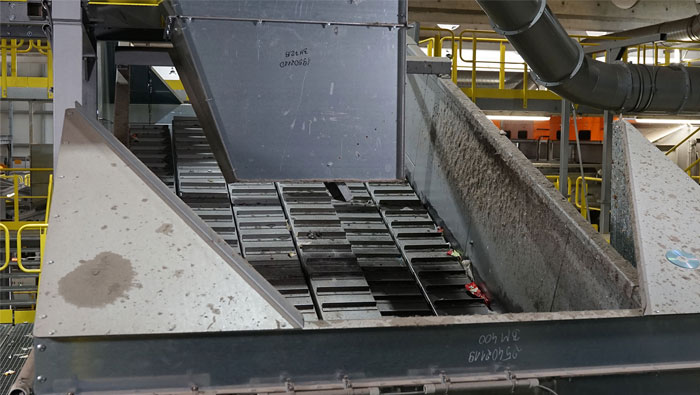






PACKAGING WASTE
A distinction is made between recyclables from separate collection (yellow bag, yellow bin or recycling container) and recyclables from mixed collection.
Packaging Waste is essentially paper and card, cardboard, glass, and light packaging made of plastics, metals and composites. Since the EU packaging directives came into force, recyclable materials made of plastic, aluminium, tinplate, and glass have been subject to a special obligation: manufacturers, importers, or distributors must take them back after use and dispose of them in an environmentally sound manner.
THE PROCESS
Using automated sorting technologies, the materials are separated and fractioned using near-infrared technology. For maximum sorting purity, processing in this stage needs high technical maturity in the plants combined with a rational, efficient treatment technology.
OUTPUT MATERIAL
High-quality secondary raw materials in the form of clean, separate fractions such as:- PE
- PET bottles
- PET trays
- PP
- PS
- Tetra Pak
- Metals
- Non-ferrous metals
- Film
- Mixed plastics ... and more








PLASTIC / FILM
Sorting plants for packaging waste and plastic treatment.
SORTING PLANTS FOR PLASTIC AND FILM
Compacted mixed plastics and loose mixtures are separated by automated sorting technologies and returned to plastics processing. Together with our cooperations, e.g. car wash manufacturers, we can implement the entire recycling cycle. The goal is to sort out pure fractions so that the material can then be sent through various processing stages to manufacture sustainable products.
During the implementation of the SORTING OF FILMS, different polyolefins are distinguished and separated. The films are delivered in bales that are first unwired, then sieved and the separate foil materials separated by NIR technology.
OUTPUT-FRAKTION e.g.- Clear PEHD films
- Coloured PEHD films
- PP films ... and more








SLAG AND BOTTOM ASH FROM INCINERATION
Bottom ash treatment and mobile bottom ash treatment
TREATMENT PLANTS FOR SLAG AND BOTTOM ASH
In waste combustion, various different quantities of slag and ash arise for each tonne of waste, with different quantities of minerals, scrap iron, water, and heavy metals.
SLAG AND ASHES are residues from combustion processes in power plants or waste-to-power plants. Slag from waste-to-power plants is particularly important for environmental protection.
THE PROCESS After pre-storage of the slag to incorporate air (CO2), it is sieved and crushed. Ferrous scrap and non-ferrous metals (aluminium, copper and brass) are separated, and unburnt residues are removed. Physical and chemical processes take place in conjunction, for which reason the slag must be stored for a set period after processing as per the technical guidelines.
OUTPUT MATERIAL
The secondary product can be used as a construction material for roads.








REFUSE DERIVED FUELS (RDF/SRF)
Substitute fuel made from high-calorific waste. The waste used to produce it can come from household, industrial and commercial waste.
TREATMENT PLANTS TO GENERATE REFUSE DERIVED FUELS
A refuse derived fuel or secondary fuel is one as a rule consisting of high-calorie waste. A REFUSE DERIVED FUEL is any non-fossil fuel for combustion. It can be manufactured from selectively obtained, product-specific commercial waste, bulky waste and solid waste. Mostly, these kinds of waste consist of plastics, paper, textiles, wood, minerals, and composite packaging of high calorific value.
THE PROCESS
The process stages can be broken down by two basic criteria: the composition of the waste and the use of the fuel. Preparation starts with pre-sorting or the removal of impurities. After rough chopping, the material is sieved, separated via the wind sifter and taken through Fe/NF separation, then NIR separation. The material can be shredded down again before being pelleted for use or filled into containers or bunkers.
OUTPUT MATERIAL
Using a modern treatment technology, a fuel (so-called co-incineration) is produced for cement, lime works and power stations or as the sole fuel for waste-to-energy plants.








WASTE PAPER AND CARDBOARD
SORTING PLANT FOR WASTE PAPER AND CARDBOARD
Sorting and separation of non-paper components to return high-quality paper to the paper industry. The more primary fibres are replaced with secondary fibres from waste paper, the less water, energy, and raw materials need to be used.
WASTE PAPER, CARD AND CARDBOARD are important waste streams e.g. in Germany.
THE PROCESS
Sorting can take place manually or automatically. The collected paper waste is sorted into various fractions and classified with the aid of ultra-modern visual detection systems. Non-paper components (metals, glass etc.) are separated by sieves and sorting facilities.
PURPOSE OF THE PROCESS
Sorting of deinking, card and mixed paper, etc. with flawless quality for reuse in the paper industry.








PRE-SORTING PLANTS
In waste delivery and the pre-treatment of municipal waste for thermal treatment, the presorting plant fulfils various requirements regarding control, pre-sorting, shredding and homogenisation.
PRE-SORTING PLANTS BEFORE INCINERATION / POWER PLANT
These plants are for the pre-sorting of mixed waste streams, separating out various fractions for reuse. Recyclable materials not collected separately in bins but disposed of in municipal and solid waste return to the circular economy as a secondary material thanks to the use of the preparatory plant.
COMMERCIAL, MUNICIPAL AND SOLID OR RESIDUAL WASTE AND BULKY WASTE contain a high portion of recyclable materials, which is returned to recycling via the preparatory plant.
THE PROCESS
Division of the input material into various streams to gain secondary materials and a high-calorie fraction.
OUTPUT MATERIAL- Mixed plastics
- PE
- PP
- Non-ferrous metal
- Film ... and more
BIOLOGICAL TREATMENT

The goal of biologically treating organic waste is to make use of its potential as an organic material.
Biogenic waste can basically be treated either aerobically (composting) or anaerobically (fermentation/biogas generation). After composting, the output material is returned to the natural cycle as high-quality compost. The residues from biogas plants can also be used as a valuable fertiliser, if quality criteria are upheld.







WENDELIN - WINDROW COMPOSTING
The WENDELIN windrow turner has been developed for the aerobic treatment of large quantities of organic waste.
WENDELIN – THE NEW GENERATION
The WENDELIN has been developed for use in rotting halls and for the treatment of green waste, biowaste and organic waste from mechanical biological treatment with optional admixture of fermentation residues.
ADVANTAGES OF THE PROCESS- Efficient treatment method for biological waste
- Throughput capacities from 20,000 to 100,000 Mg/a
- Modular system enables optimum utilisation of space 24/7 operation through innovative plant control
- Flexible in use and robust in processing








BIODEGMA®-TECHNOLOGY
BIODEGMA technology offers robust and durable solutions for optimised aerobic waste treatment.
BIODEGMA® TECHNOLOGY
The BIODEGMA windrow system can be used to treat a wide range of wastes, such as biowaste, sewage sludge and organic fractions from total waste (MBT), with proven brand quality.
ADVANTAGES OF THE PROCESS- Efficient odour reduction through the use of the semi-permeable Gore®-Cover
- High economic efficiency due to low maintenance and operating costs
- Energy-efficient pressurised ventilation High availability due to modular design
- Safe and easy handling during operation


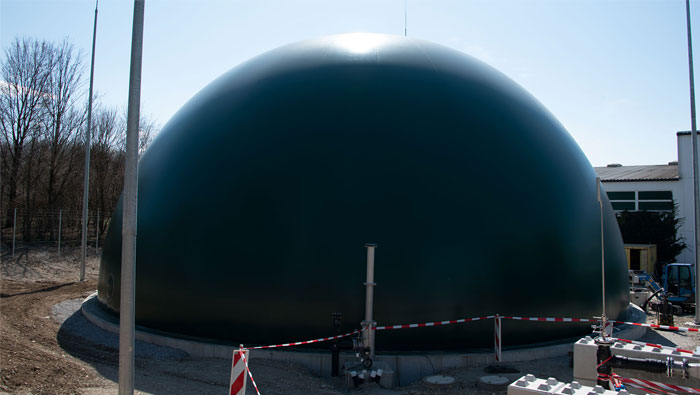





BIOPV - ORGANIC WASTE PRESS WATER DIGESTION
BioPV is a process that significantly improves the energy balance and processing capacity of composting plants.
ORGANIC WASTE PRESS WATER DIGESTION
Sutco has developed an alternative fermentation process with its new fermentation technology BioPV. With little technical effort, a maximum gas yield of the liquid phase pressed out of biowaste is achieved. In this technology, organic components pressed out of biowaste as a liquid phase are used to produce biogas through fermentation in biofilm reactors.
ADVANTAGES OF THE PROCESS- Separation of organic components for biogas production
- Low technical effort
- Maximum gas yield from the liquid phase pressed out of biowaste
- Highly efficient fermentation in biofilm fermenters
- Efficient energy production due to the high space-time requirement


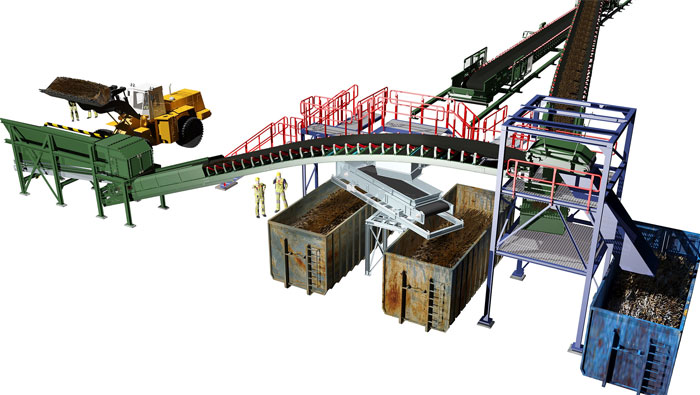





BIOFIX - LINE COMPOSTING
In bio-waste composting, separately collected organic waste of animal or plant origin is processed.
BIOFIX LINE COMPOSTING
By using the Sutco composting system BIOFIX, organic waste is processed into high-quality compost in an automatic and dynamic process. Modular in design, different organic waste materials can be treated separately. It starts with two lines and an extension of the lines is variably possible. The length of the lines is also flexible; as a rule, a length of approx. 48 m is used. Plants of up to 50,000 Mg/a can be realised economically.
ADVANTAGES OF THE PROCESS- Fully automated, dynamic rotting process
- Actively ventilated rotting rows
- High-quality exhaust air treatment Integrated irrigation system for moisture regulation
- Separate treatment of biowaste materials possible



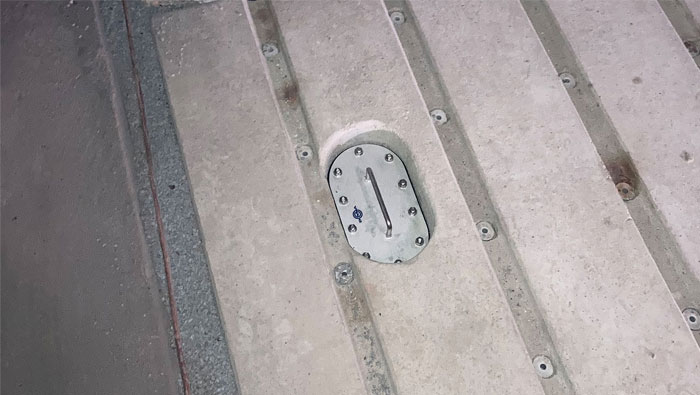




TUNNEL COMPOSTING
In tunnel windrows, the rotting material is poured between reinforced concrete walls after it has been shredded and screened in the mechanical treatment process.
TUNNEL COMPOSTING
The waste to be treated is generated from residual waste. The waste is crushed and screened in the on-site mechanical treatment (MA). The screen overflow > 80 mm is freed of Fe- and Ne-metal by means of Fe- and Ne-separators and fed to a loading facility as a high calorific value fraction (HWR).
ADVANTAGES OF THE PROCESS- Flexible through separate closed units
- Emissions are effectively retained
- Automatic feed system for rapid filling
- Optimal process control until discharge to the secondary rotting system
- Minimum personnel requirement

MBT - MECHANICAL BIOLOGICAL TREATMENT
-
The mechanical-biological waste treatment (MBT) is material-specific waste treatment which can be recycled from a material and energetic point of view.
THE PROCESS OF MBT
Division of the input material into various material streams to gain secondary raw materials. The process corresponds to the description for MUNICIPAL AND SOLID WASTE SEPARATION. The fine fraction is further processed anaerobically in the biological part of the plant using the Sutco composting processes.
INPUT OF MBT
The input, consisting of household waste, similar commercial waste, green, organic, and mixed waste, is separated into materially and thermally exploitable substances.
OUTPUT-MATERIAL- Substances for material exploitation
- Substances for energetic exploitation
- Substances for thermal exploitation
- Substances for biological treatment and subsequent landfill
COMPONENTS

- Various aggregates for waste treatment in different designs, depending on the requirements and specific features.
THE SUTCO®-KOMPONENTEN IN ALPHABETICAL ORDER
- Apron Conveyor
- Disc Screen
- Steel Construction
- Bag Opener
- Dosing Feeder
- Transfer Stations
- Ballistic Separator
- Fermentation
- Trommel Screen
- Box Feeder
- Hard Material Separator
- Tunnel Composting System
- Bridge-type Turning Device
- Line Composting System Biofix
- Walking Floor Systems
- Bunker Management
- Pressing Container
- Wind Shifter
- Channel Baling Press
- Scraper
- Wind Shifter (3-way)
- Compactor
- Shifter Zick-zack
- Shifter
- Conveying Equipment
- Special Construction
SERVICE & MAINTENANCE – WE ARE ONLY SATISFIED WHEN YOU ARE
- For us, customer service goes far beyond the acceptance of our plants and machines. We support you competently and reliably in all service issues.
ON-SITE SERVICE AND SPARE PARTS LOGISTICS
- Our experienced technicians guarantee professional advice and comprehensive support in the event of a malfunction.
- The service department at the Sutco site in Haren has a large workshop with a well-equipped spare parts warehouse.
- We meet your customer requirements in terms of spare parts or malfunction management and work out individual solutions if required.
